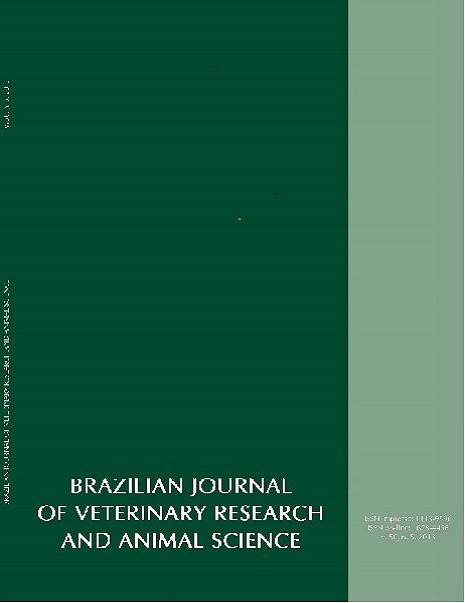Degree of attachment to pet owners according to the Lexington Attachment to Pets Scale
DOI:
https://doi.org/10.11606/issn.2318-3659.v50i5p364-369Keywords:
Human-animal interaction, LAPS, MeasurementAbstract
The evaluation of the degree of attachment of owners to pets is an important resource to study the influence of the pets to different physical and psychosocial factors to humans. The current study applied the LAPS (Lexington Attachment to Pets Scales) test to evaluate attachment degree of owners to their pets. The test was performed in 95 subjects, males and females from different age groups, in Minas Gerais and São Paulo state. Most of the questions were correlated to the total score (p < 0.0001). Women and elderly subjects had lower scores, demonstrating a greater degree of attachment when compared to males and younger individuals, respectively. In conclusion, the age and gender differ to the degree of attachment. The use of negative questions in a test composed mostly by positive issues may inhibit the interviewer responses.Downloads
Downloads
Published
2013-10-29
Issue
Section
ARTICLES
License
The journal content is authorized under the Creative Commons BY-NC-SA license (summary of the license: https://
How to Cite
1.
Martins M de F, Pieruzzi PAP, Santos JPF, Brunetto MA, Fruchi VM, Ciari MB, et al. Degree of attachment to pet owners according to the Lexington Attachment to Pets Scale. Braz. J. Vet. Res. Anim. Sci. [Internet]. 2013 Oct. 29 [cited 2025 Apr. 3];50(5):364-9. Available from: https://revistas.usp.br/bjvras/article/view/79925





